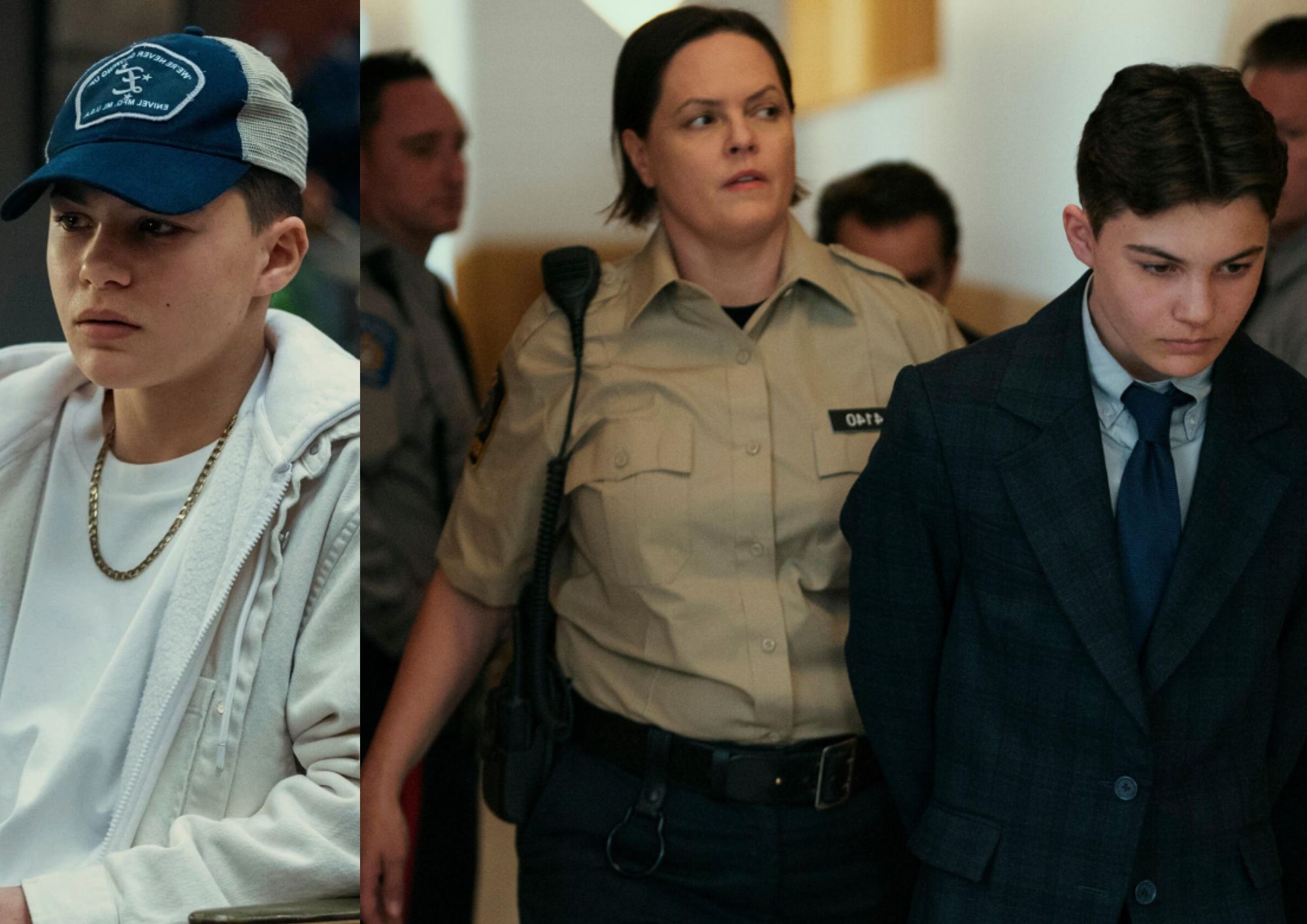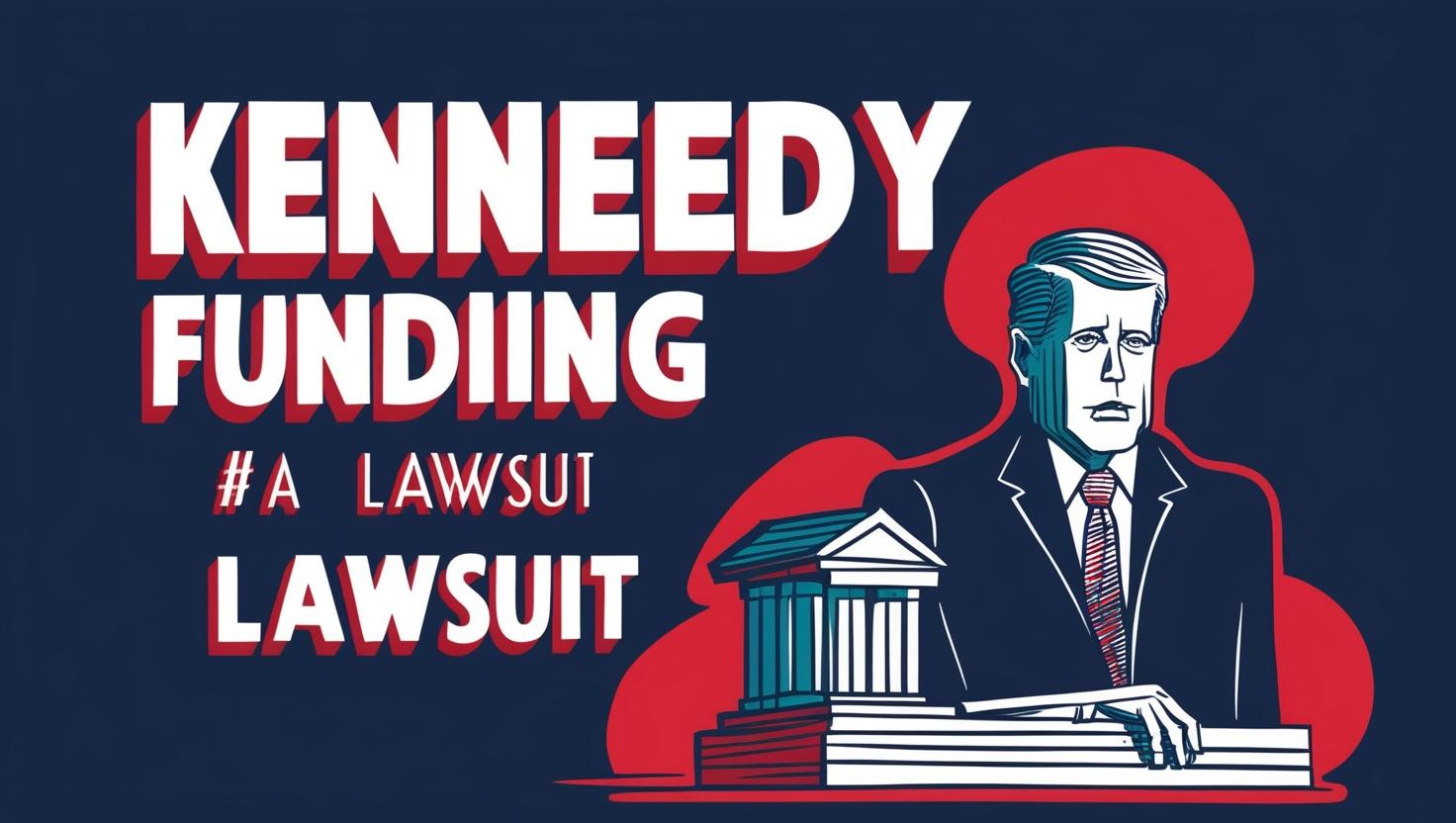Warren Glowatski became known because he was involved in the tragic murder of Reena Virk in 1997. This crime shocked many people in Canada because it was so violent and because young people were involved. Even though what he did was serious, his story has led to debates about whether young offenders can change, and how the justice system should treat them. In this article, we will learn more about his life and what this case means for justice and rehabilitation.
Who is Warren Glowatski?
Warren Glowatski was born in Canada in 1981. As he grew up, his life was not stable. He lived in many different places in Canada, such as towns in Saskatchewan and British Columbia. Because he moved so much, he didn’t have a stable home or community to grow up in, which affected him in many ways.
By the time he was 16, Warren was involved in an event that would change his life forever. He took part in an attack on a 14-year-old girl named Reena Virk in Victoria, British Columbia. This crime shocked people across Canada and made them think about the problem of youth violence.
The Murder of Reena Virk: A Crime That Shocked Canada
On November 14, 1997, Reena Virk was attacked by a group of teenagers under the Craigflower Bridge in Victoria. The attack was very violent. Reena was knocked unconscious, and she was left in the water. Sadly, she drowned. The news about her death spread quickly, and many people were shocked. This crime made people talk about bullying, youth violence, and how the justice system should deal with young offenders.
Warren Glowatski was one of the teenagers who helped carry out the attack. At the time, he was just 16 years old. After the crime, he was arrested and later convicted of second-degree murder.
The Legal Journey: Conviction and Sentence
In 1999, Warren Glowatski was convicted of second-degree murder for his part in the death of Reena Virk. The case was very hard for people to understand, especially because the attackers were young. Because he was so young, he was given a sentence of life in prison, but he could apply for parole after serving seven years.
This legal decision made many people question whether young people who commit serious crimes should be allowed to get parole after serving only a few years. Some people thought young offenders deserved a second chance, while others felt the crime was too serious for a light sentence.
Parole and the Path to Change
While in prison, Warren Glowatski worked on changing his behavior. He took part in different programs that helped him understand how his actions had hurt others. One important part of his healing was discovering his Métis background. Learning about his culture helped him as he worked on becoming a better person.
Glowatski also took part in something called restorative justice. This is a way for offenders to understand the harm they caused and to try to fix it. He met with elders and took part in healing circles. These are programs that help offenders take responsibility for what they did and help them think about the pain they caused.
In 2004, Glowatski was not allowed to leave prison on day parole. But by 2006, he was allowed to leave prison for short periods, under supervision. In 2007, he was allowed to leave on day parole, and by 2010, he was fully released from prison. After he was released, he lived in the community under certain rules.
The Role of Restorative Justice in His Change
Restorative justice is a way of dealing with crime that focuses on fixing the harm done by the crime. For Glowatski, this was more than just serving time in prison. Restorative justice helped him think about how his actions hurt Reena Virk’s family and his own family. It allowed him to learn how to take responsibility for what he did.
This approach is important for helping people change. Many people believe it helped Glowatski become a better person. It gave him the chance to grow and change, so he could return to society in a positive way. Restorative justice focuses on healing, rather than just punishing someone.
The Impact on Reena Virk’s Family
While Glowatski was working on changing himself, Reena Virk’s family was deeply affected by her death. Reena’s parents, Manjit and Suman Virk, were heartbroken over the loss of their daughter. They fought for justice, hoping that those responsible would be held accountable for their actions.
The pain Reena’s family went through shows how difficult it can be to cope with the loss of a loved one, especially in such a violent way. Their story, and the stories of other families affected by youth violence, made people think about how to prevent these kinds of crimes from happening in the future.
Public Reaction and Media Attention
The murder of Reena Virk and the legal case that followed got a lot of media attention. News reports, television shows, and documentaries talked about the crime and the people involved. They also explored how the justice system handled the case.
The way the media covered the case shaped how people felt about youth crime and punishment. Some people thought the young offenders deserved a second chance, while others thought the crime was so serious that stricter punishment was needed.
This made people think about how society should deal with young offenders. Should we focus on giving them a second chance and helping them change? Or should we make the punishment match the seriousness of the crime?
Reflection on Youth Crime and Justice
Warren Glowatski’s story reminds us that youth crime is a complex issue. He committed a terrible crime, but he also worked hard to change himself while in prison. His case makes us think about how the justice system should deal with young offenders.
The journey to redemption is not easy. It takes real effort to understand the harm caused by one’s actions and to make a true change. The big question is whether young offenders, like Glowatski, can be rehabilitated. Should they be given a second chance after they have served their time?










